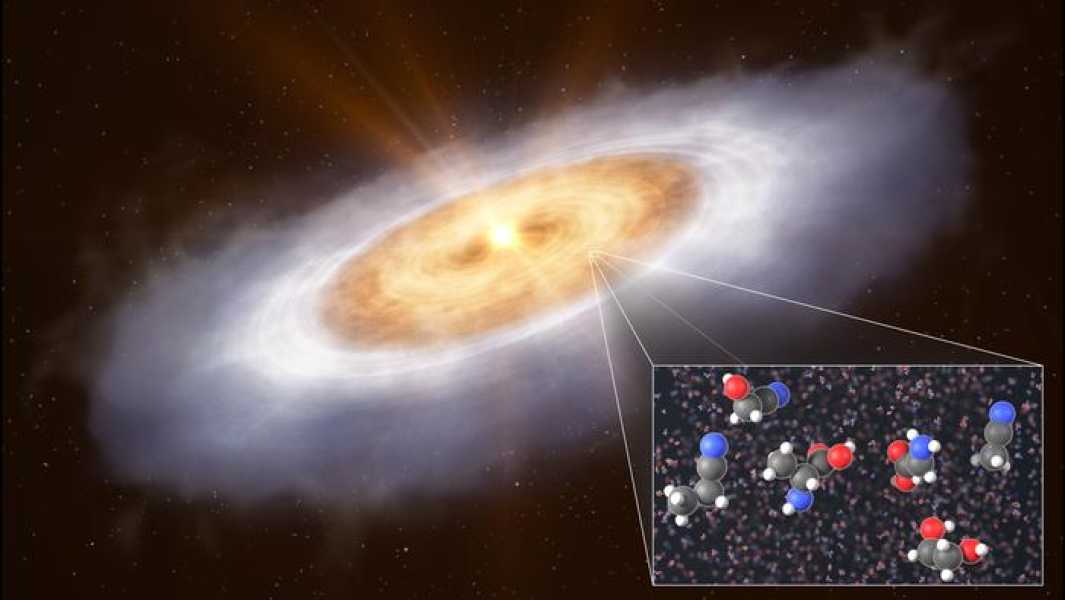
A new study suggests that cosmic rays could help fuel the emergence of life beyond traditional habitable zones. (Image credit: DrPixel via Getty Images)
A new study suggests that the influence of cosmic rays should be taken into account when searching for extraterrestrial life.
When scientists search for signs of life beyond Earth, they initially look for alien worlds within the “Goldilocks zone” — the region around a star where sunlight doesn’t make temperatures too hot or cold for liquid water to exist on the planet’s surface. But a group of researchers has proposed another region where life might be possible: the “radiolithic habitable zone,” where cosmic rays (also known as cosmic radiation) could produce enough energy to support life deep underwater or under ice.
“Life may exist in more places than we ever imagined,” said Dimitra Atri, an astrophysicist at New York University in Abu Dhabi, UAE, and a co-author of the study. “Instead of focusing only on warm, sunny planets, we can now consider cold, dark places, as long as they have water beneath the surface and are exposed to cosmic rays.”
You may like
-

Aliens: Facts About Extraterrestrial Life and How Scientists Are Looking for It
-

Building blocks of life may be much more common in space than we thought, study claims
Sourse: www.livescience.com





